By Tom Dare
A SERIES OF fascinating images from a new book studying the Second World War in Africa have given an insight into the men fighting on the other side of the conflict.
The book, entitled Rommel in North Africa: Quest for the Nile (Images of War) by author David Mitchelhill Green, has brought together an incredible 450 photos of German troops from the front line of the North African conflict.
The images, many of which are as-yet unpublished, show soldiers sharing a drink, laughing and posing on the backs of camels and playing with local children.
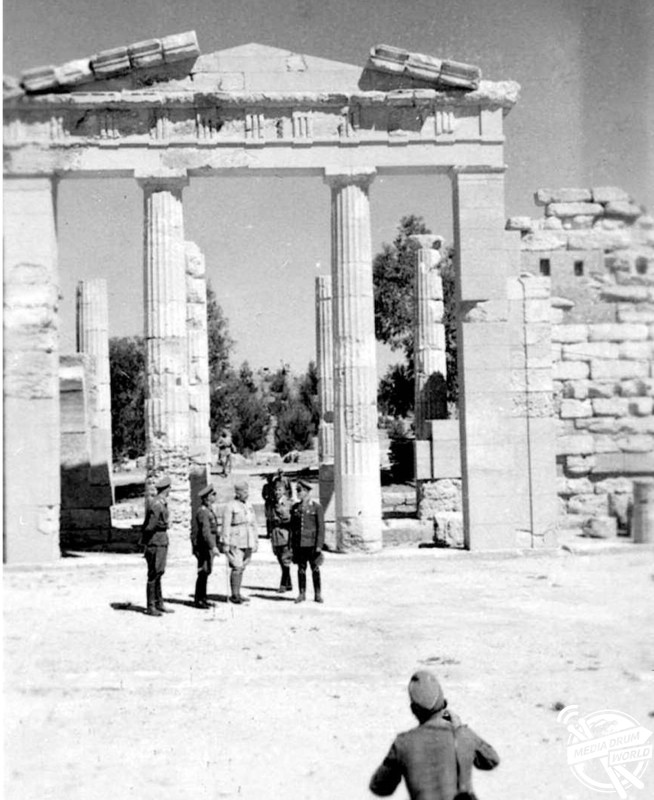
And David says he wanted to write the book to give people a better understanding of the German army on the other side of the conflict.
“My inspiration for this book arose from the enormous number of snapshots taken by ordinary German soldiers in North Africa,” he said.
“Nazi authorities actively encouraged photography, a popular pastime in wartime Germany.
“This book is, in effect is a “self-portrait” of the men who served under Rommel in the Western Desert.”
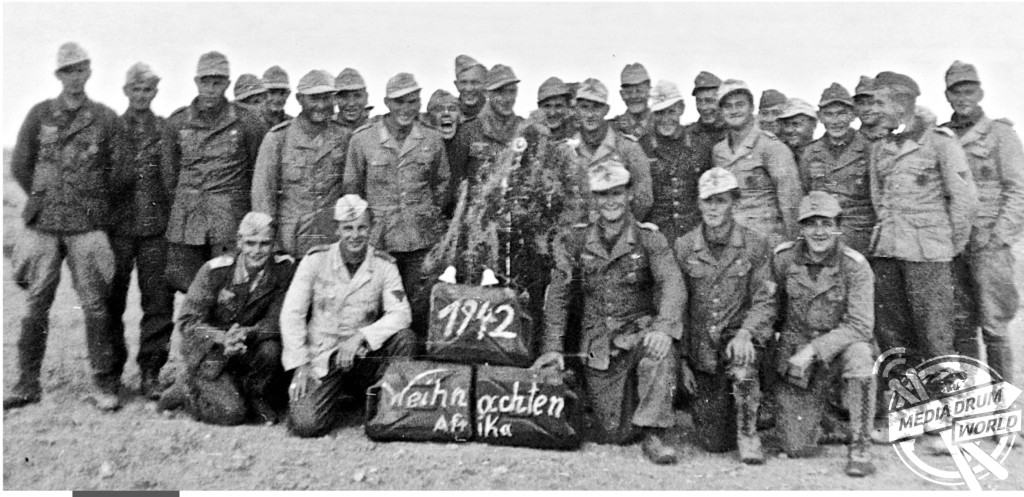
Rommel’s army developed a formidable reputation during its time in North Africa during the war.
Sent to support the faltering Italian army in 1941, the ‘Afrika Korps’ were highly successful during the early stages of fighting, pushing the allies back to Egypt despite being outnumbered and often outgunned.
The turning point for the allies eventually came during the Second Battle of Alamein in October 1942, stemming the German tide and eventually pushing the Afrika Korps back.
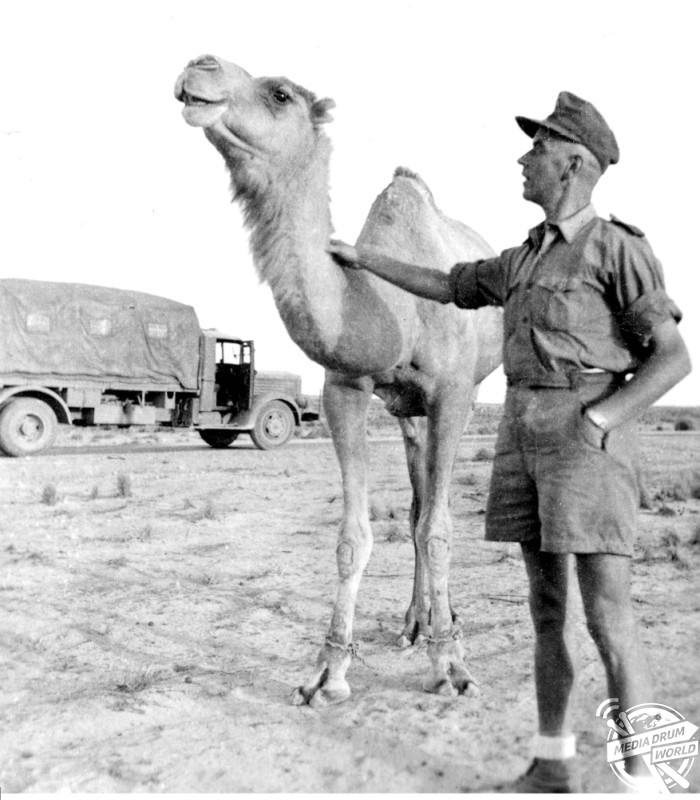
However, Rommel and his army developed almost legendary status for their efforts during the conflict, with many British generals expressing a begrudging admiration for Erwin Rommel.
One of these was General Sir John Hackett, who David quotes when being asked about his overall impression of Rommel.
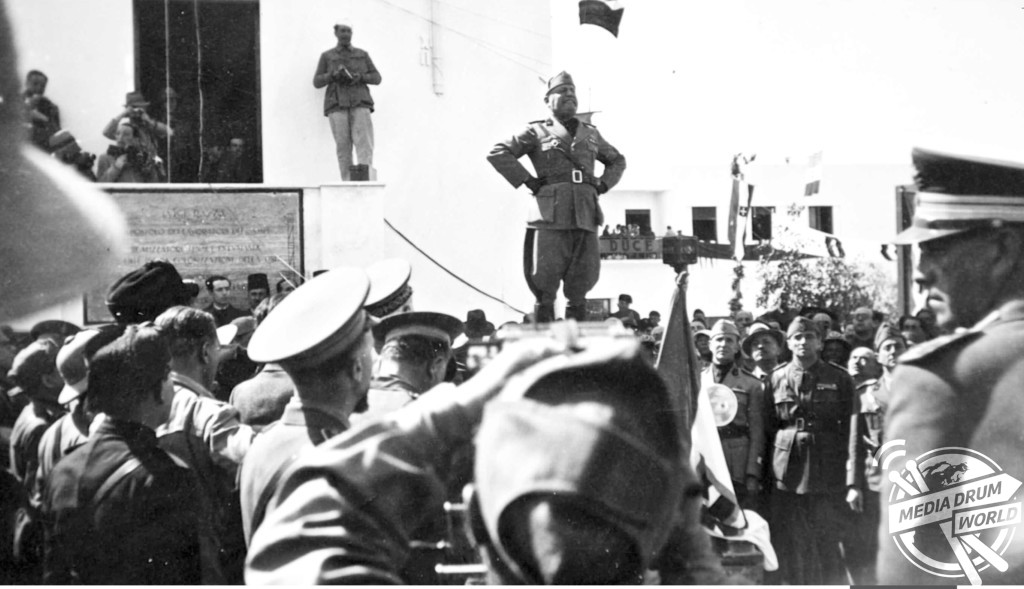
“I will answer this question by quoting of one of Rommel’s adversaries in the desert, General Sir John Hackett,” he said.
“’Rommel may have been egotistical, vain, self-seeking, often unfair… though he had many enemies, he could inspire troops to follow him to a degree few have equalled. He was bold, imaginative, and brave…His method of command was forceful, direct, and personal.
“If he wanted something done, he was there to get it done and he was harsh on those he thought had failed him. There was no better commander of armoured troops in a fluid battle, on either side in any theatre of the war and no one was more willingly followed by his troops. They understood him as thoroughly as he understood them…’
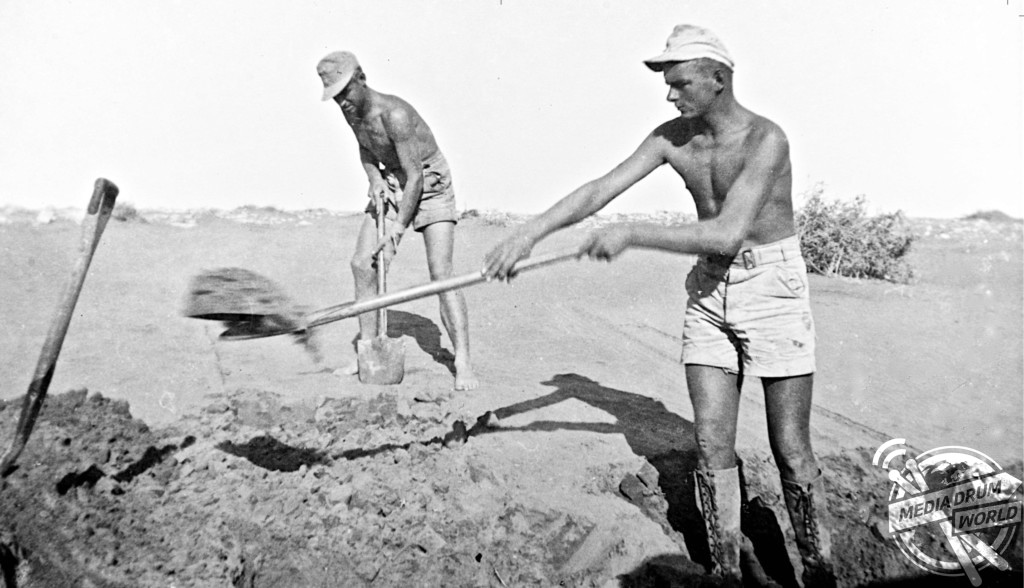
And, David adds, Rommel’s eventual defeat owed a lot to chance rather than out-manoeuvring.
“The North African campaign is commonly regarded as a chivalrous contest, indeed Rommel referred to it as a ‘war without hate’,” he said
“During my research, I began to appreciate how Rommel’s army in Africa was a hastily assembled formation fighting in an unknown environment. Although it was a popular campaign for the German people, the lure of the Orient soon faded for many of Rommel’s embattled troops.
“His army was decimated by disease; it subsisted on a vitamin-poor diet and was heavily reliant upon captured materiel. Yet despite their numerous privations, Rommel’s Afrikaner fought with an extraordinary esprit de corps.”
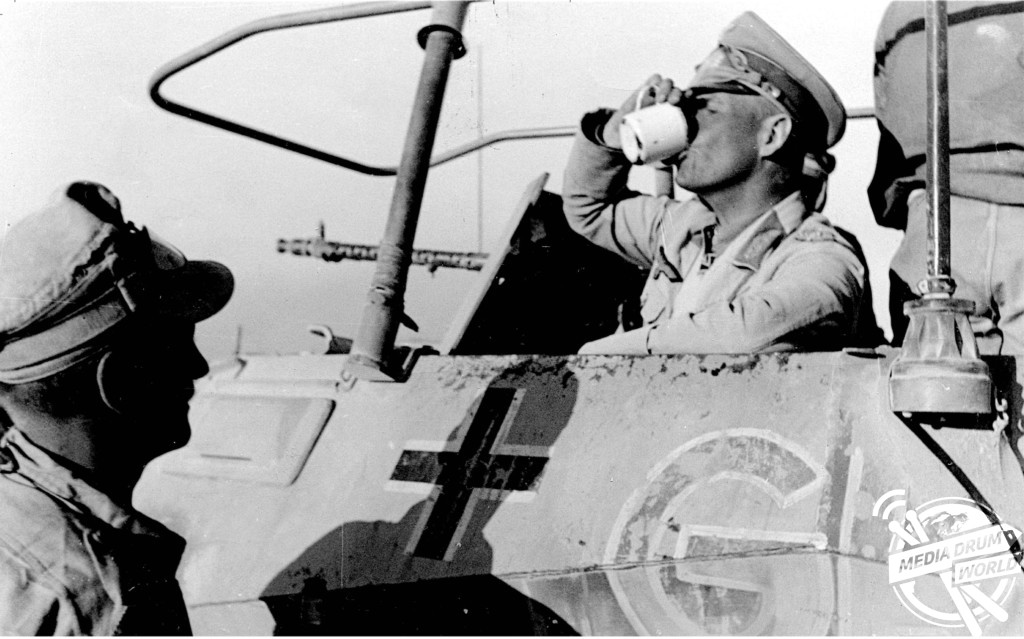
Rommel’s Army in the Desert is available to purchase now on Amazon: https://www.amazon.com/Rommel-North-Africa-Quest-Images/dp/1473892201







